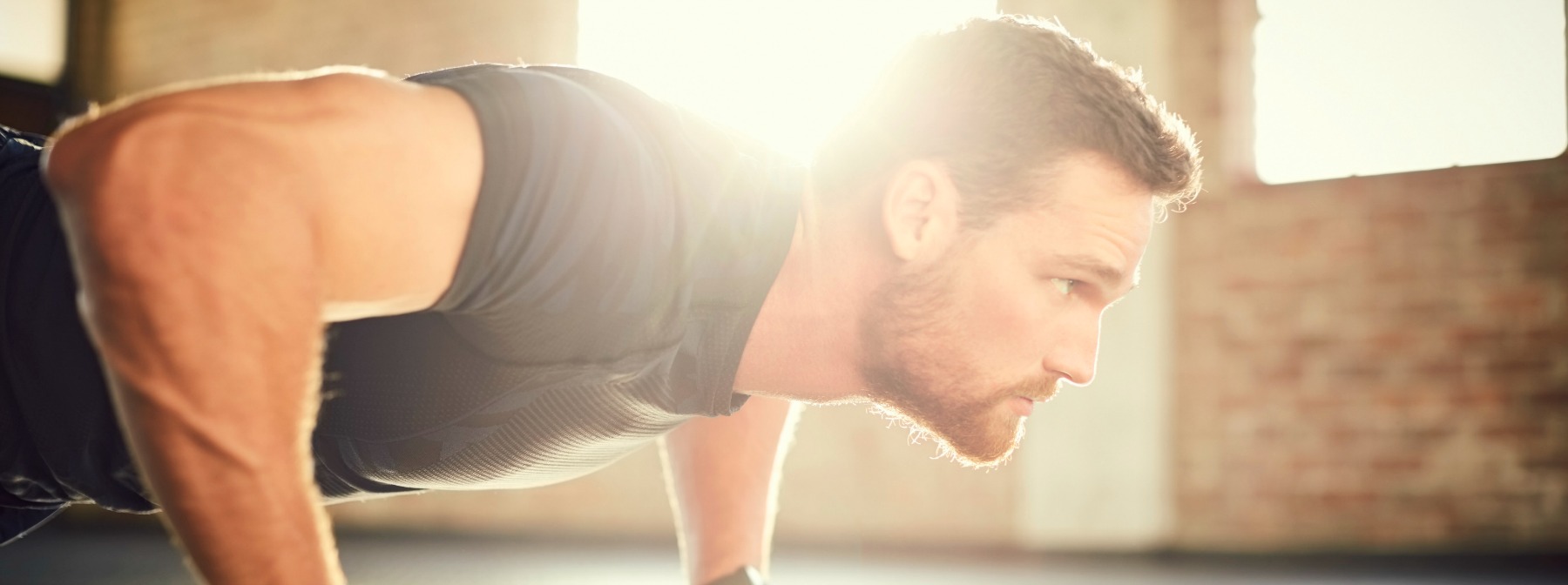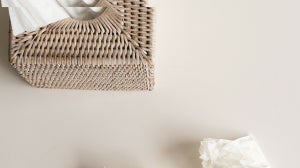
We know that everyone starts looking after their body more around the Summer months, however we think for general well being, it's something you should do all the time. We're sure you'll have heard about all the new and innovative classes in your local gym, but we think that knowing the different types of exercise can allow you to formulate a workout of your own.
What Are The Different Types Of Exercise?
There are 4 main types of exercise, aerobic, anaerobic, flexibility and stability. Each of them work your body in a different way, and to ensure you get the best workout, it's essential that you include a mix of them all. Knowing the different types of exercise will give you the power to formulate your own workout routine, that adds variety and flexibility to your fitness routine.

What Is Aerobic Exercise?
Aerobic exercise, more commonly know as cardio, is exercise that has the main purpose of raising the heart rate and breathing rate. Typically, they tend to be the kind of exercise that you'd most commonly think of and have a number of health benefits.
Aerobic exercise helps to improve your heart, lungs and circulatory system. It also helps to lower blood pressure and lowers the risk of type 2 diabetes.
Some different types of aerobic exercises:
Swimming.
Running, jogging or a brisk walk.
General housework, such as hoovering or cleaning the garden.
What Is Anaerobic Exercise?
If you're interested in strength based exercises, an anaerobic workout is for you. Anaerobic exercise, also known as resistance training, works your muscles by using either your own body weight, or equipment. It's great if you're looking to drop a couple of pounds, and keep it off. As this exercise increases lean muscle mass, it's essential if you're looking to shred as lean muscle burns more calories.
Anaerobic exercise also has a number of health benefits, including increasing your metabolism and bone density, which help with weight loss and injury prevention respectively.
Some different types of anaerobic exercises:
Using weight machines.
Lifting weights.
Using your body weight as resistance, such as push ups.
What Is Flexibility Exercise?
Flexibility exercises help to stretch your muscles and improve the health of your joints. They usually fall into two categories; dynamic stretching and static stretching. Dynamic stretching combines movement with your stretches, whilst static requires you to stretch whilst keeping still. To get the most out of flexibility exercises, you should hold each stretch for between 10-30 seconds and gradually work yourself up.
Flexibility exercises have a number of health benefits, the most obvious one being improving flexibility. Stretching helps reduce the risk of injury and reduces the buildup of lactic acid in your muscles, which can cause a burning sensation whilst you exercise.
Some different types of flexibility exercises:
Stretching your calves by shifting your weight to your front leg whilst stepping forward.
Sitting on the ground with your legs in front and leaning forward to stretch your hamstrings.
Raising one heel off the ground, whilst keeping your toes touching to stretch your ankle.
What Is Stability Exercise?
More commonly known as balance exercise, stability training helps to improve your body's ability to control and balance it's position. As you age, your body gradually loses it's ability to balance, which stability exercises can help with. If you're on a weight loss journey, or looking to bulk up, this can also affect your ability to balance - therefore, stability exercises are essential here too.
It's pretty obvious how stability exercises can be beneficial to your health, having good balance prevents the risk of falling. They also help improve your spacial awareness and reduce the risk of certain injuries. If you're clumsy, add this to your routine.
Some different types of stability exercises:
Yoga.
Standing on one leg and holding your core.
Using a balance board.
Once you understand the different types of exercises, you can formulate a workout that suits you.
What’s your favourite exercise? Let us know on Twitter.









